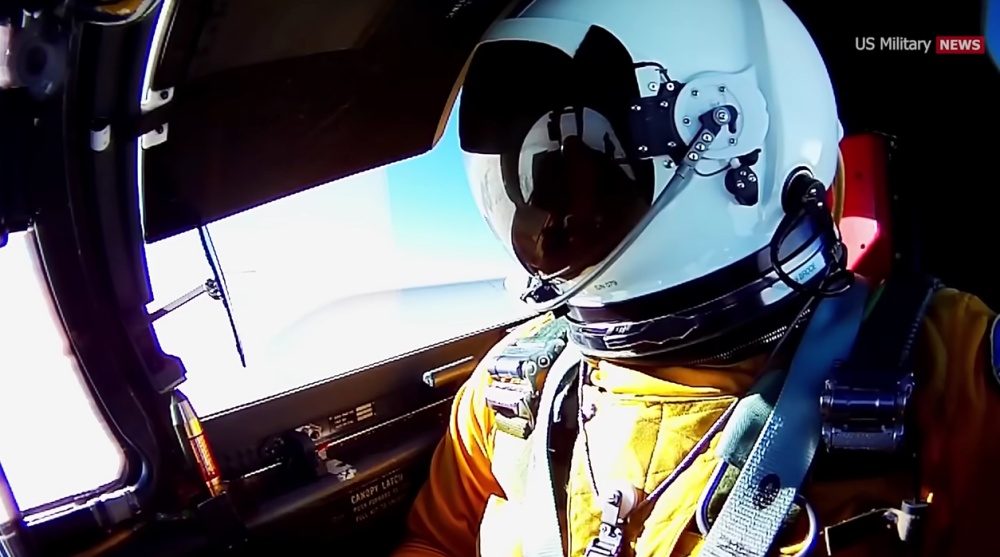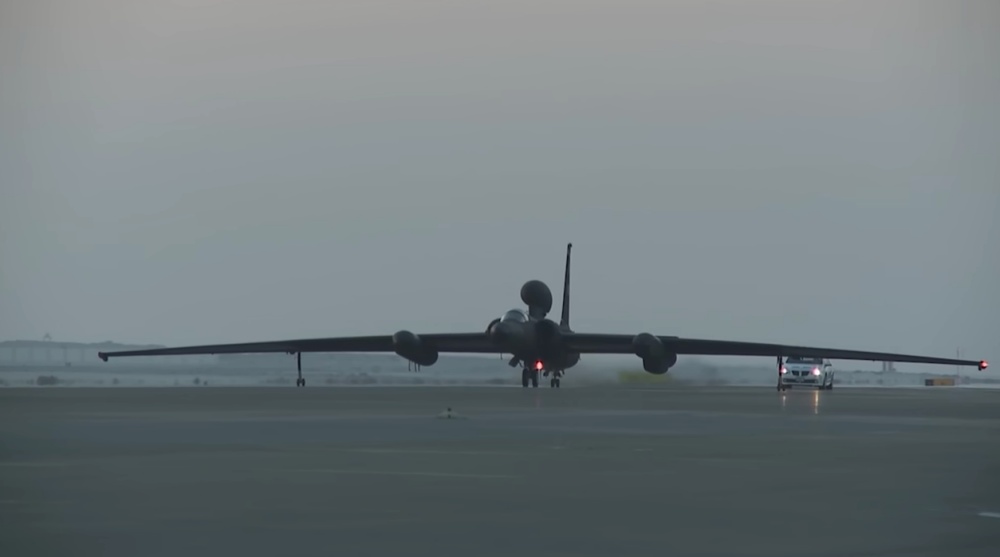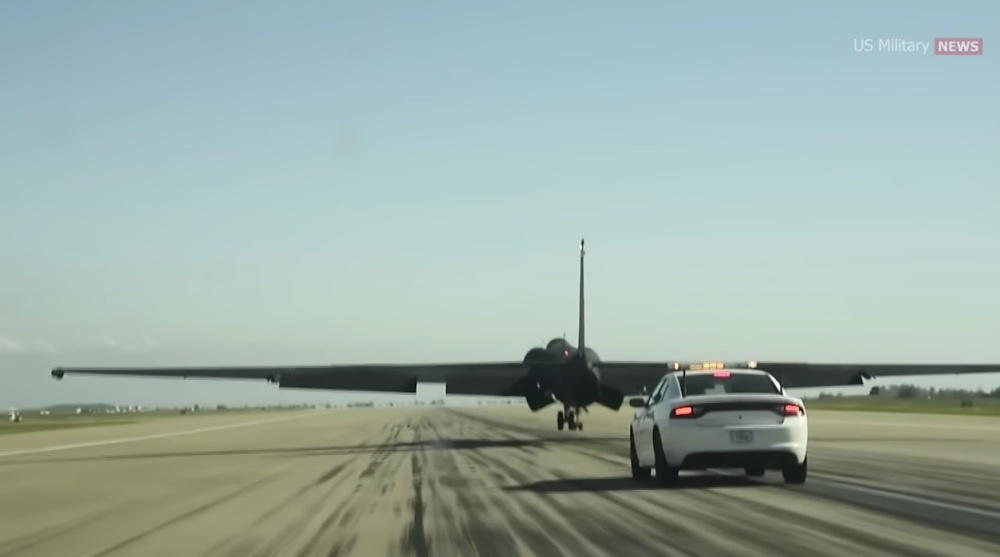
The U.S. Air Force U-2 Dragon Lady Is 65 Years Old, But Will Fly For Another 30-40 Years
This writer is old enough to remember the U-2 incident when a U-2 spy plane on a mission over the then Soviet Union was shot down on May 1, 1960. This happened during the Eisenhower presidency. The United States had been surprised by the Soviet Union’s development of nuclear weapons and needed an as-yet-unavailable way to spy on the Soviet Union. Because the Soviet Union was a closed society, it was very difficult to get spycraft assets on the ground in that country. So the U-2 spy plane was developed by the Lockheed Martin Company to take on that role. The Francis Gary Powers incident marks the only time that the super-secret spy plane has been shot down.

That incident happened during the time period in 20th Century history that we know as the “Cold War,” and the U-2 pilot Francis Gary Powers, who survived the shoot down, was held as a prisoner by the Soviets until he was exchanged in a prisoner swap on February 10, 1962. He was swapped for a KGB spy, Soviet Colonel Rudolf Abel, who had been caught spying in the United States five years earlier.
The U-2 is affectionately known by those who fly her as the “Dragon Lady” because it is the hardest airplane in all of the assets of the United States Air Force to fly. This is why the pilots who fly this difficult but important asset are the most elite pilots in the U.S. Air Force. The selection process for U-2 pilots is the toughest in the Air Force. Since the beginning of the program some 65 years ago, only 1,050 pilots have entered and flown in the U-2 program. There are many reasons for that, some of which I will briefly explain here, but the video accompanying this article will go into much more depth.

One of the reasons the U-2 is so hard to fly is that it is designed to fly at altitudes of up to 70,000 feet, which is equivalent to over 13 miles up. In that sense, the pilots of these planes are more like astronauts than pilots. Also, because of the thinness of the atmosphere at that level, they must maintain an extremely narrow range of speeds fast enough to keep them from stalling out in that thin atmosphere and yet not so fast that they might begin to break apart. That range of speeds is as narrow as 21 mph. The pilots must wear pressurized space suits to maintain their equilibrium and their oxygen levels. They breathe 100% oxygen while flying at their maximum heights for extended periods of time.

The aeronautical designs for these planes make them very efficient as spy planes but also make them hard to fly as well as to take off and land. The visibility from the cockpit is very limited, so much so that, when they come in for a landing, they have to be followed by another U-2 pilot in a chase car that radios instructions to the pilot of the landing plane. If the plane lands too hard, it can bounce back up into the air and potentially crash. These chase cars are known to reach speeds of up to 140 mph while following the landing U-2. The plane’s wing span is 2 times longer than the plane’s length, and its landing gear is lined up in bicycle fashion front-to-back, which makes them very hard to land and then steer after landing. You will see this in the video. In other words, the landing process for the pilot is both physically and mentally demanding. At this time, there are 31 operational U-2s in the United States Air Force arsenal.

The U-2 “Dragon Lady” has been flying spy missions for some 65 years now. The U-2 fleet is presently undergoing another round of modernization developments, which will make this spy plane an even more diversified asset for the Air Force, and for the United States military capabilities. These upgrades for the U-2 fleet are highly technological and, as they say, they are above my intellectual “pay grade” to be able to explain with any detail or clarity. But this video explains it all, and you will see what I mean about how its upgrades will make it one of the most important assets in the Air Force’s arsenal. It really is fascinating.
Though the U-2 is old by any standard, she has given the U.S. a superior asset for “seeing” what is going on in some of the most dangerous places in the world. She may be “old,” but it is clear that her upgrades will make her far from obsolete. In fact, it is estimated that the U-2 will be in service for another 30-40 years.
Enjoy this video. The Dragon Lady is one incredible flying machine.